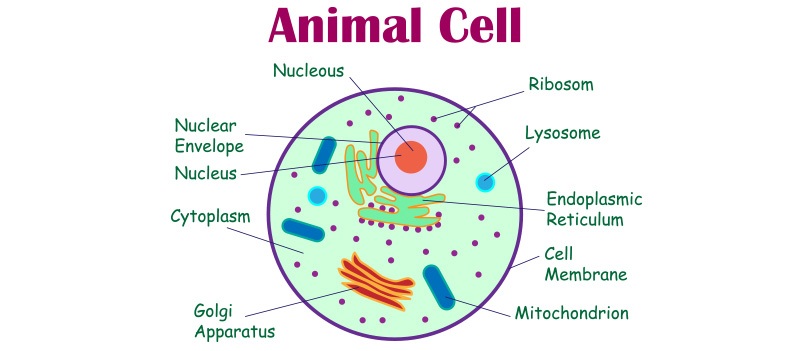Babies are now being born after mitochondrial donation
Doctors in the Ukraine recently announced the birth of a baby girl following the use of a technique called pronuclear transfer, which involves using the mitochondrial DNA from third woman instead of the mitochondrial DNA which existed in the egg of the baby’s mother. Last year, in what is thought to be the world’s first, a baby was born in Mexico after his parents used a different mitochondrial donation technique. This was carried out by an American doctor and, somewhat alarmingly, he was quoted as saying that it took place in Mexico because “there are no rules”.
Why donate mitochondria?
Babies are born with a mixture of the DNA from their parents. There are two copies of most genes in people and it is not uncommon one copy to be faulty. Thankfully, there is usually a selection mechanism whereby the good copy of the gene is dominant, the faulty one recessive and the person functions normally. Mitochondrial DNA however, only comes from the mother. Therefore there is no equivalent mechanism for the body selecting the “good” copy of the gene and any mutation affecting the mitochondria will be passed from one generation to the next indefinitely through the female line. If a woman has a disease linked to faulty mitochondrial DNA, all her progeny will almost certainly suffer the same disease but if the mitochondria could be replaced with healthy mitochondria, according to the theory, all her progeny will be clear of it. This is where the term “3-parent” baby comes from: the vast majority of the babies DNA will come from its mother and father but the DNA relating to the energy of its cells will come from a third woman.
What does mitochondrial DNA do and where does it come from?
It exists in all our cells and is sometimes described as the power source which makes all human (and other animal) cells work much more actively. Interestingly, way back in evolutionary time, it is thought to have originated in the circular genomes of bacteria that were absorbed by the precursors of the eukaryotic cells of which we are all now composed. What we think of as our normal DNA is located in the nucleus of our cells, whilst our mitochondrial DNA is located separately from the nucleus but still within the membranes of our cells.
Will there be more 3-parent babies in future?
If we know that a potential baby would be born with a guaranteed severe illness, which would definitely be eliminated by mitochondrial DNA substitution, this substitution is widely agreed to be a good thing. Also, there is speculation that there may be benefits in some cases with repeated miscarriage. As with all medical developments, caution is paramount. The UK is leading the world by being the first country to legislate for the process of using mitochondrial donation in the creation of embryos using IVF. This is far better than it taking place in countries where there are no rules. As yet, no licence has been granted to carry out these procedures but the pioneers of the technique at Newcastle University expect to be granted the first one and the NHS has said that it will fund a 5-year clinical trial with £8m.

